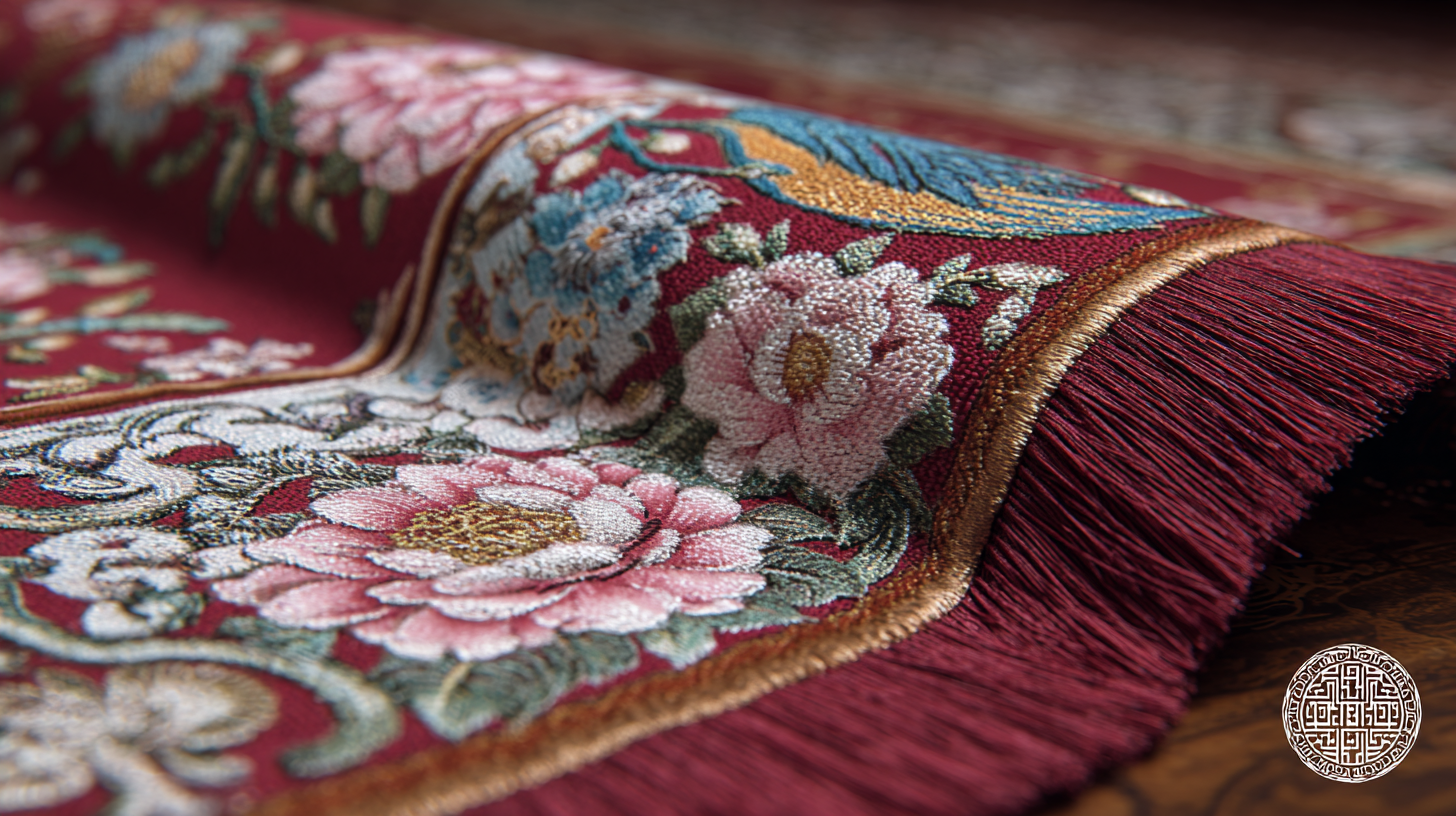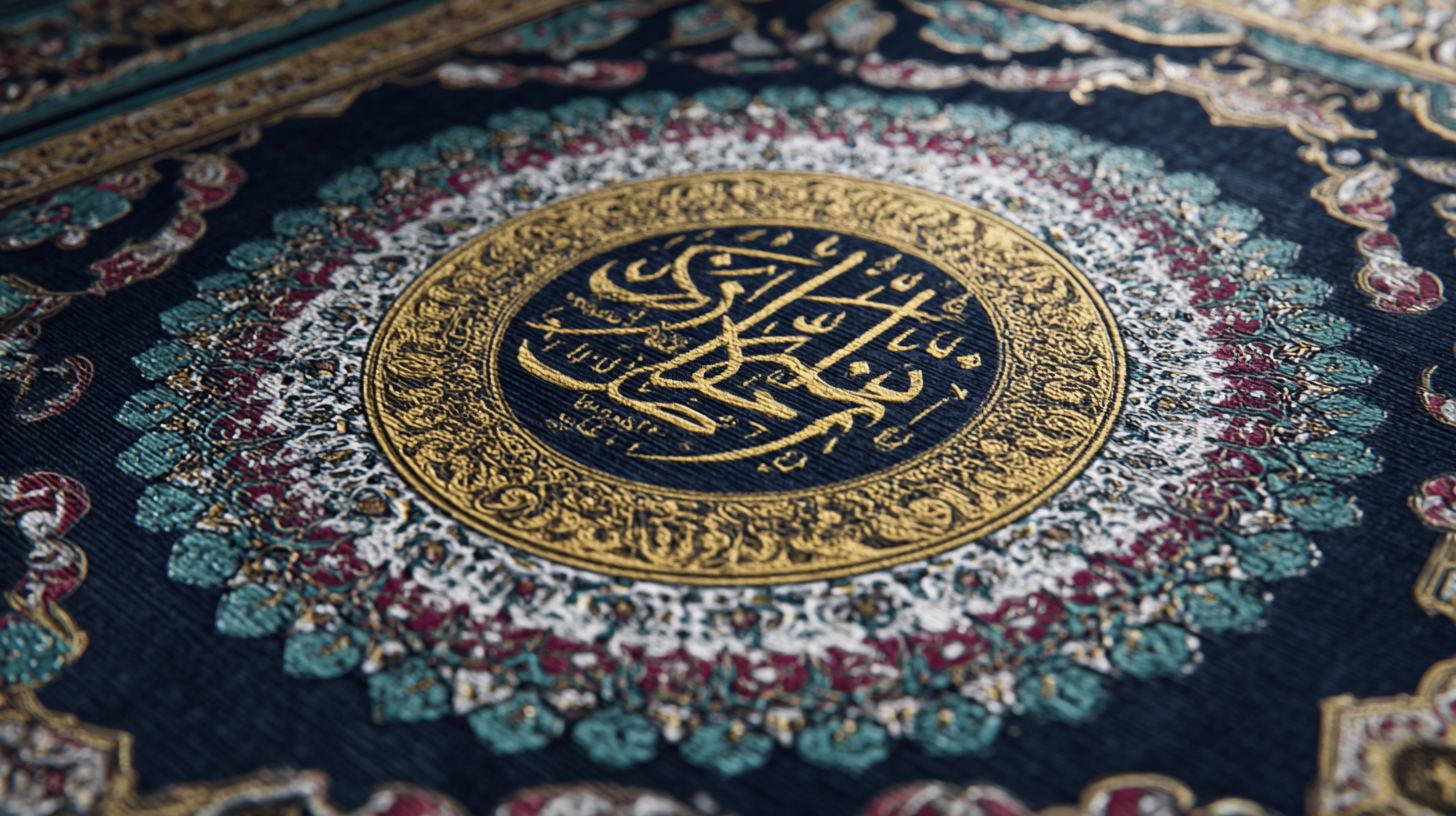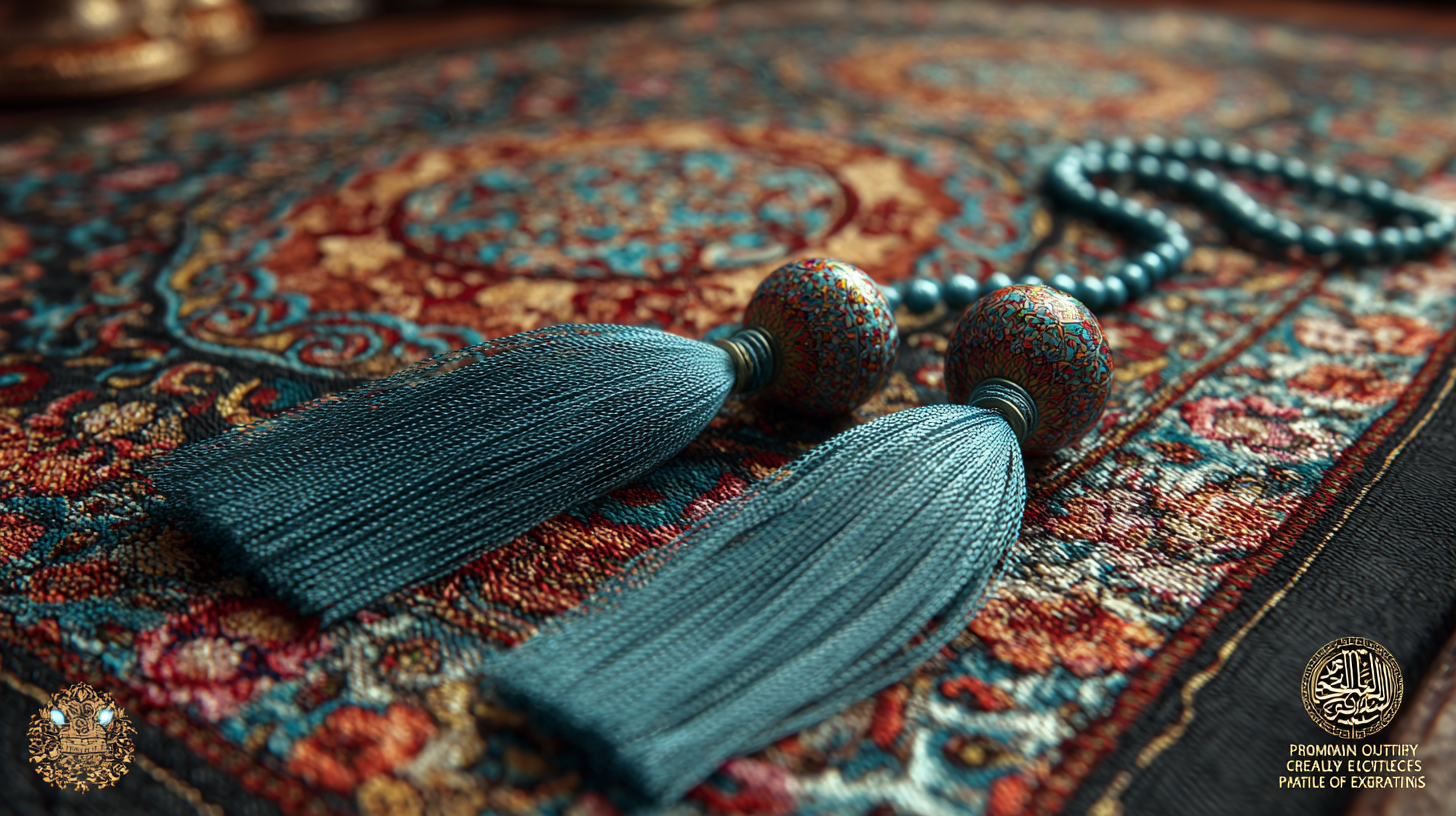
-
Home
-
About Us
-
Products
-
News
-
Blog
-
Contact Us
Leave Your Message

In recent years, the demand for high-quality prayer mats has surged worldwide, with the global prayer mat market expected to grow at a compound annual growth rate (CAGR) of 5.6% from 2021 to 2028, according to a report by Grand View Research. This increasing interest highlights a shift towards more luxurious and durable options, such as the Thick Prayer Mat, which offers superior comfort and support for daily prayers. As consumers become more discerning, the emphasis on premium materials and craftsmanship is paramount. China, with its advanced manufacturing capabilities and rich textile heritage, stands out as a key player in producing these exceptional prayer mats. This blog will explore the intricacies of selecting high-quality prayer mats, focusing on the craftsmanship and features that distinguish the Thick Prayer Mat as a product of global excellence.

The art of crafting prayer mats is deeply woven into the rich tapestry of Chinese tradition, reflecting both cultural heritage and innovative methodologies. In recent years, the global demand for high-quality prayer mats has seen a substantial rise, with the market projected to grow at a CAGR of 5% from 2021 to 2026, reaching a value of USD 3.5 billion by 2026, according to a report from Market Research Future. Chinese artisans have been pivotal in this growth, merging time-honored techniques with modern innovations to produce prayer mats that meet the diverse needs of consumers worldwide.
Each prayer mat is a testament to skilled craftsmanship, often handwoven with intricate designs that symbolize various cultural and spiritual aspects. The global prayer mat market is witnessing a shift towards sustainability, with 65% of consumers prioritizing eco-friendly materials, as highlighted by a recent survey from Statista. Chinese manufacturers are increasingly adopting green practices, utilizing natural fibers and organic dyes, which not only enhance the aesthetic appeal of these mats but also align with the growing consumer preference for environmentally conscious products. This fusion of tradition and sustainability positions Chinese prayer mats at the forefront of the global market, appealing to a wide audience seeking quality and craftsmanship.
| Dimension | Material | Design Type | Crafting Technique | Average Price (USD) |
|---|---|---|---|---|
| 80 cm x 120 cm | Polyester | Traditional | Handwoven | 25 |
| 90 cm x 150 cm | Wool | Modern | Machine-made | 45 |
| 70 cm x 110 cm | Cotton | Classic | Embroidered | 30 |
| 100 cm x 200 cm | Silk | Luxurious | Handcrafted | 100 |
| 80 cm x 160 cm | Synthetic Fiber | Contemporary | Digital Print | 20 |
When it comes to producing premium quality prayer mats, the choice of materials is paramount. In China, artisans employ a variety of fabrics, from luxurious silk to durable polyester blends, each chosen for its unique qualities. Silk provides a soft, opulent feel, while polyester offers resilience against wear and tear. The right material not only enhances the aesthetic appeal of the prayer mat but also ensures longevity and comfort during use.

Moreover, the sustainability of materials is increasingly gaining attention in the production of prayer mats. Eco-friendly options such as organic cotton and recycled fibers are becoming more popular as consumers seek to make responsible choices. These materials not only support environmental stewardship but also contribute to the overall quality and breathability of the mats. Understanding the intricacies of material selection allows buyers to appreciate the craftsmanship behind each prayer mat, ensuring they choose products that reflect both their values and their devotion.
The aesthetic aspects of prayer mats play a significant role in enhancing the spiritual experience for users around the world. As the global market for prayer mats continues to expand, valued at over $2 billion in recent reports, the design intricacies have evolved to reflect cultural identities and personal devotion. Crafted with meticulous attention to detail in China, these mats not only serve their functional purpose but also act as a canvas for artistic expression, showcasing intricate patterns, colors, and motifs that resonate deeply with diverse communities.
Research indicates that approximately 60% of consumers prioritize aesthetic appeal when selecting prayer mats, highlighting the importance of design in their purchasing decision. This trend is driven by the desire for personalization and the need to create a sacred space that reflects individual beliefs and preferences. Incorporating traditional designs with contemporary styles, manufacturers are now able to cater to a broader audience, ensuring that every mat tells a unique story while maintaining high standards of quality and craftsmanship. As devotion meets design, the significance of these prayer mats transcends mere utility, becoming a vital aspect of spiritual practice and cultural heritage.
Chinese prayer mats are making their mark globally, offering a blend of tradition and contemporary design that resonates with diverse spiritual practices. These high-quality mats are crafted with meticulous attention to detail, ensuring that each piece not only serves as a functional element for worship but also as a beautiful addition to any space. With a wide variety of materials and styles available, individuals around the world can find a prayer mat that reflects their personal aesthetic while fulfilling their spiritual needs.
As the demand for authentic and high-standard prayer mats rises, China has positioned itself as a leading provider in this niche market. The global reach of these products highlights how cultural practices can transcend geographical boundaries, enhancing the rituals of followers from various backgrounds. Just as yoga mats have evolved to cater to unique preferences for comfort and design, Chinese prayer mats are also adapting to meet the needs of the global community, ensuring that spiritual practices can be both meaningful and stylish.
In recent years, the global demand for prayer mats has surged, with reports indicating an annual growth rate of around 5% in the Islamic interior market. As a key player in this industry, China has recognized the importance of sustainable practices in prayer mat manufacturing. By adopting eco-friendly materials and techniques, manufacturers are not only improving the quality of their products but also reducing their carbon footprint. For instance, using organic cotton and recycled fibers can significantly lower environmental impact while enhancing the durability and comfort of the prayer mats.
To ensure excellence while embracing sustainability, there are several tips manufacturers can follow. First, prioritizing the use of natural dyes and sustainable production methods can result in a higher quality product that appeals to conscious consumers. Second, investing in technology that conserves water and energy during the manufacturing process can lead to both economic and environmental benefits. Lastly, considering the entire supply chain, from raw material sourcing to distribution, can further align manufacturing practices with sustainable values.
As China continues to lead in the prayer mat market, the integration of sustainable practices will be essential for maintaining its competitive edge. The focus on ethical production not only meets the growing expectations of eco-conscious consumers but also sets a commendable standard for manufacturers worldwide.
